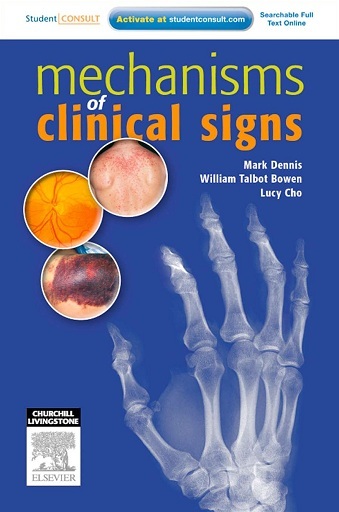 By
By
- Mark Dennis, MBBS (Honours) , Medical Registrar, Royal Prince Alfred Hospital, Sydney, Australia;
- William Talbot Bowen, MBBS, MD, Resident, Division of Emergency Medicine, Louisiana State University Health Sciences Center – New Orleans (LSUHSC), New Orleans, Louisiana
- Lucy Cho, MBBS, MIPH, BA (University of Sydney) , Emergency Registrar, Royal Prince Alfred Hospital, Sydney, Australia
A robust understanding of the pathophysiological mechanisms behind clinical signs is crucial for medical students and junior doctors. Being able to accurately identify the clinical sequelae of disease during physical examination and connecting cause with consequence is the first step in correct diagnosis and treatment.
For example, a patient with rheumatoid arthritis has distinctive hand changes, a patient with Parkinson’s disease has a particular tremor, and a patient with liver disease may present with red palms. Each of these signs has a mechanism or pathway which results in the characteristic presentation. Currently, in medical school tutorial groups, time is set aside to discuss mechanisms of clinical signs and disease processes. However, current textbooks on clinical examination are mainly organized by disease systems and disease states. This new book bridges the gap between identification of clinical signs and understanding the causes behind them.
Key Features
- first consolidated text explaining the mechanism of clinical signs commonly seen in medicine
- easy reference guide for clinical signs seen on the ward or during examinations
- a resource for those preparing for “Viva” or “OSCE” practical stations where students see patients and are asked specific questions relating to the clinical examination
- organised by body system it reviews the common clinical signs seen in diseases by the main system or specialty of medicine in a handbook style
- each chapter contains all the clinical signs, a description of the sign, the disease/s in which the sign appears and an explanation as to the mechanism
- evidence base and clinical value of the sign is discussed to assist interpretation
- Online Student Consult resources accompany the text
Download
Original PDF format
Note: Only Diamond member can download this ebook. Learn more here!


Mediafire link is not working
It still works!